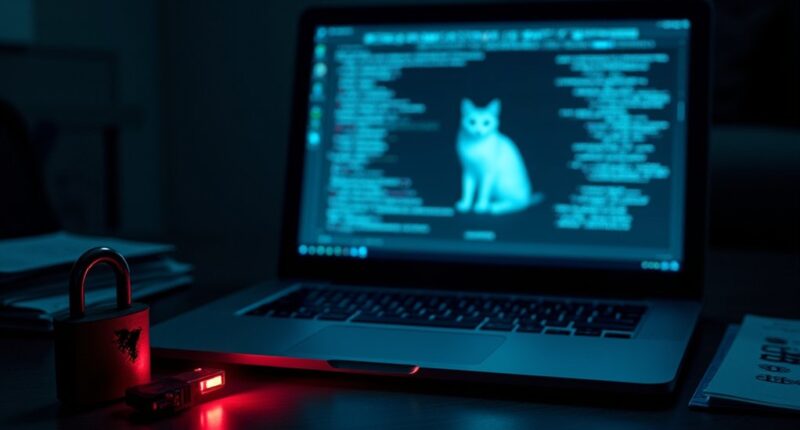While most people think of JPG files as harmless photo containers, cybersecurity experts are sounding alarms about a disturbing trend. Hackers are embedding dangerous malware inside innocent-looking images, and you’d never know it by just looking at them. Cute cat photo? Maybe. Password-stealing nightmare? Absolutely.
These attacks use steganography – the art of hiding stuff in plain sight. Clever hackers manipulate the least significant bits of pixel data or exploit metadata fields to conceal malicious code. Your vacation photos could be carrying a digital STD, and your antivirus might not even catch it. Shocked? You should be.
Malware hiding in your photos like a digital parasite—seeing is believing, but scanning is surviving.
The malware payload isn’t messing around. We’re talking remote access trojans, keyloggers, and info stealers that grab your passwords faster than you can say “I’ve been hacked.” Some even install cryptominers that silently drain your computer’s resources while you wonder why everything’s suddenly running like molasses. With a staggering 643% increase in infostealer infections over the past three years, these threats are becoming more prevalent than ever.
Getting infected is embarrassingly easy. Click a JPG in a phishing email, visit a sketchy website with image ads, or download that “free” stock photo. Boom – infected. These attacks often exploit vulnerabilities in image processing software that haven’t been updated since dinosaurs roamed the earth. Users typically don’t recognize image files as potential malware vectors, making them particularly effective attack channels.
Real-world examples are piling up. Operation Sharpshooter targeted defense contractors. Stegano exploit kit hit millions through malicious ads. Even sophisticated APT groups like Turla use these techniques. The infamous Moebyes campaign in 2019 compromised millions of users through malicious JPEG advertisements that appeared completely normal. Not exactly comforting, is it?
Detection requires more than your average security measures. File structures need deep inspection, behavior analysis in sandboxes, and constant vigilance. The bad guys are getting smarter too – using AI-generated images and polymorphic techniques to slip past defenses.
The bottom line? That innocent JPG might actually be a digital Trojan horse for password-stealing malware. The image looks fine, but underneath, it’s a hot mess of malicious code waiting to ruin your day.









